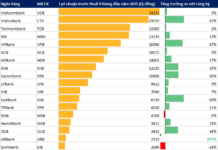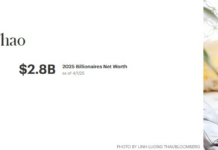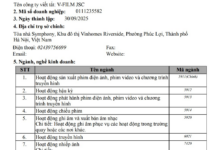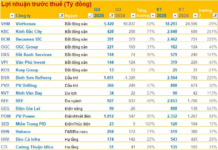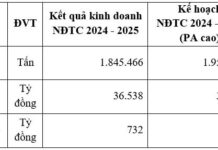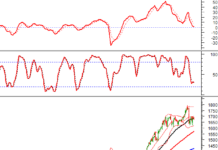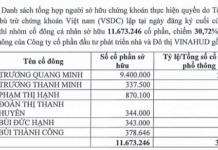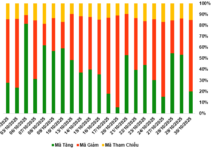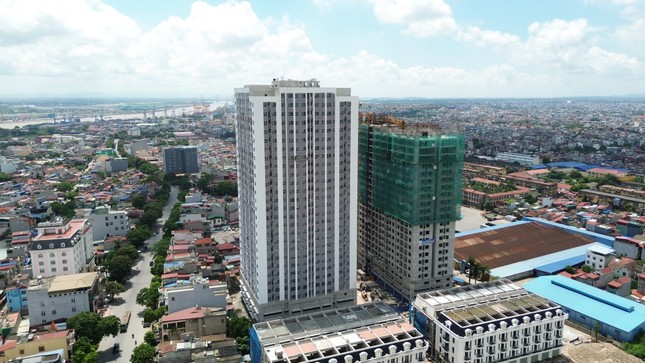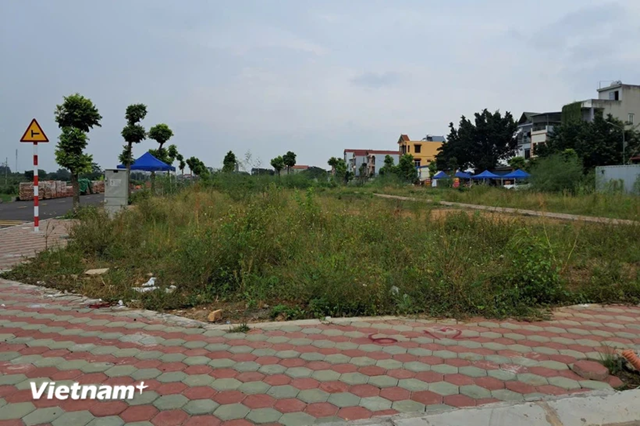Social Housing Credit Disbursement is Too Slow
At the workshop, “Hai Phong: A Bright Spot in Social Housing Development”, Mr. Nguyen Van Dinh, Chairman of the Vietnam Real Estate Brokers Association (VARS), shared that regarding the disbursement of the VND120,000 billion credit package under the Program to build 1 million apartments for the period 2021-2030, VARS’s statistics show that the disbursement rate has only reached 1%, with an amount of VND1,234 billion, an increase of VND594 billion compared to the end of the first quarter.
Of the total disbursed amount, VND1,202 billion was disbursed to investors, accounting for 97.4%, and VND32 billion was disbursed to people to buy houses, accounting for 2.6%.
According to Mr. Dinh, the low disbursement rate is due to the many difficulties faced in developing social housing related to land funds, planning, procedures, capital, and output.
Fortunately, with the efforts of the Government and ministries, the three new laws (Land Law, Housing Law, and Real Estate Business Law) that came into effect on August 1 have had a strong impact on social housing projects.
The new laws clearly stipulate that the People’s Committees of the provinces must allocate sufficient land funds for social housing development according to the provincial housing development programs and plans that have been approved. This helps address the lack of land for development. It also allows enterprises developing projects to choose to allocate land that has been built with technical infrastructure in commercial housing projects or in other areas or pay an equivalent amount.
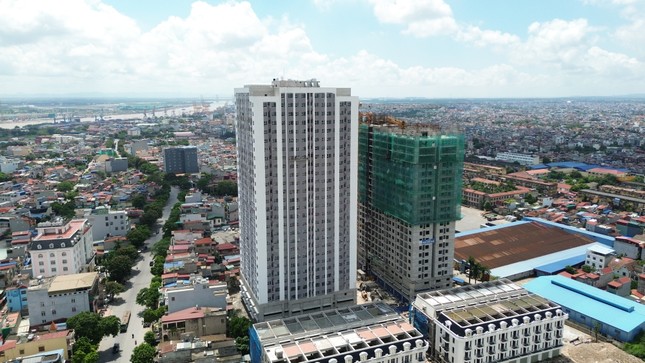
According to Mr. Nguyen Van Dinh, Chairman of the Vietnam Real Estate Brokers Association, the low disbursement rate of social housing credit is due to difficulties related to land funds, planning, procedures, capital, and output.
Secondly, it expands the range of investors in social housing by adding cases of enterprises, cooperatives, and cooperative alliances in industrial zones participating in social housing development, which is a very new point.
Thirdly, investors are exempt from the procedure for land use exemption, which used to take two years or even more.
Fourthly, investors are not obliged to set aside 20% of the area for rent. VARS assesses that this helps investors to rotate capital faster and participate more in social housing development.
“For social housing project investors, the fact that the 20% of commercial services area is not subject to profit margin is a very strong and new incentive, increasing profits for investors,” said Mr. Dinh.
In addition, the new points of the three laws also have an impact on people with social housing needs. One of them is the abolition of the regulation on residency conditions. It increases the output for the market as people can participate more easily. The market offers more opportunities; the minimum income level has been increased from VND11 million to VND15 million per month. Mr. Dinh assesses that this is a clear and stimulating point.
In addition, two more groups of beneficiaries of social housing support policies are added compared to the current ones: poor and near-poor households in urban areas and enterprises, cooperatives, and cooperative alliances in industrial zones.
At the same time, the new laws also change the conditions for ownership. The law specifically states whether one owns a house or not, and whether one already owns a house but has an average living space of less than 15m2 per person. It also adds the form of developing lodging houses for workers and the people’s armed forces.
Over 200,000 New Social Housing Units to be Built Soon
According to VARS’s forecast, the new amended regulations will contribute to solving the “lack of supply and excess demand” situation of the social housing segment, especially in developing provinces and cities with high demand.
Mr. Nguyen Van Dinh predicted that the supply of social housing would improve from the beginning of 2025 and the end of 2026, with an estimated completion of over 200,000 units.
However, the Chairman of VARS assessed that the proposal of 1 million social housing units by 2030 is still a big challenge and it will take time for the new laws to take effect.
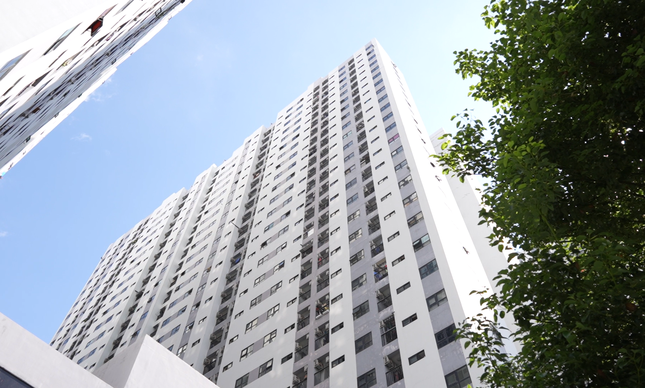
Mr. Nguyen Van Dinh predicted that the supply of social housing would improve from the beginning of 2025 and the end of 2026.
Therefore, Mr. Dinh proposed organizing programs to disseminate policies, closely monitor, and ensure that the relevant agencies are fully prepared to implement the new legal framework.
Continue to promote and complete the ongoing social housing projects, especially in cities with high demand such as Hanoi and Ho Chi Minh City.
Soon approve the adjusted VND140,000 billion credit package. The People’s Committees of the provinces and cities need to be proactive in reviewing the local people’s housing needs and reviewing and adjusting the planning to arrange and plan to supplement the land fund for investing in social housing construction suitable to the needs. To ensure the achievement of policy objectives and prevent policy abuse and negativity.
Finally, Mr. Nguyen Van Dinh expressed: “Hai Phong is a typical example of social housing development. I hope that the Ministry of Construction will take Hai Phong as an example to draw lessons for other localities. The regulations and procedures are the same, but why can’t other localities do what Hai Phong has done? This is a lesson to improve the efficiency of the proposal of 1 million social housing units,” Mr. Dinh suggested.










